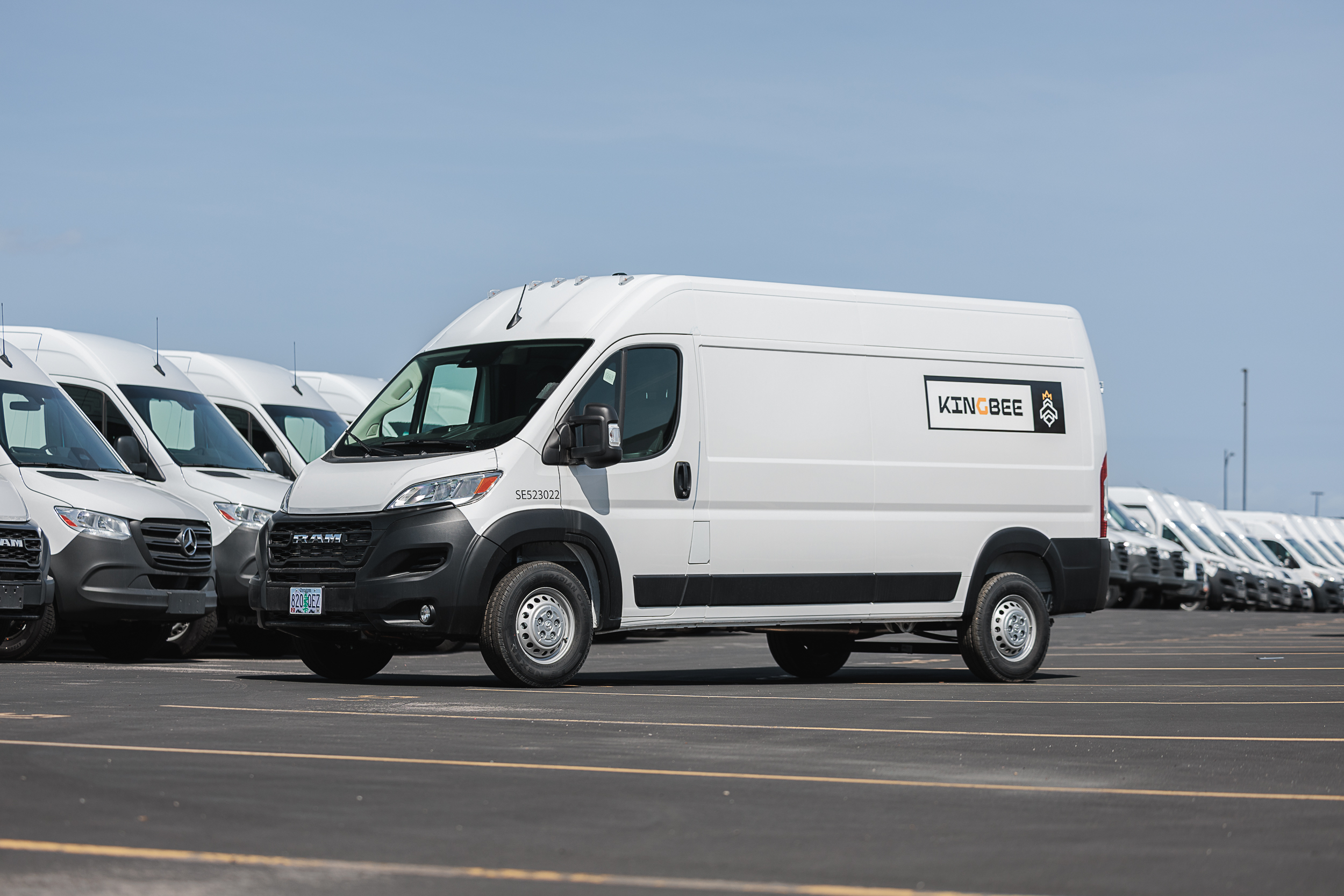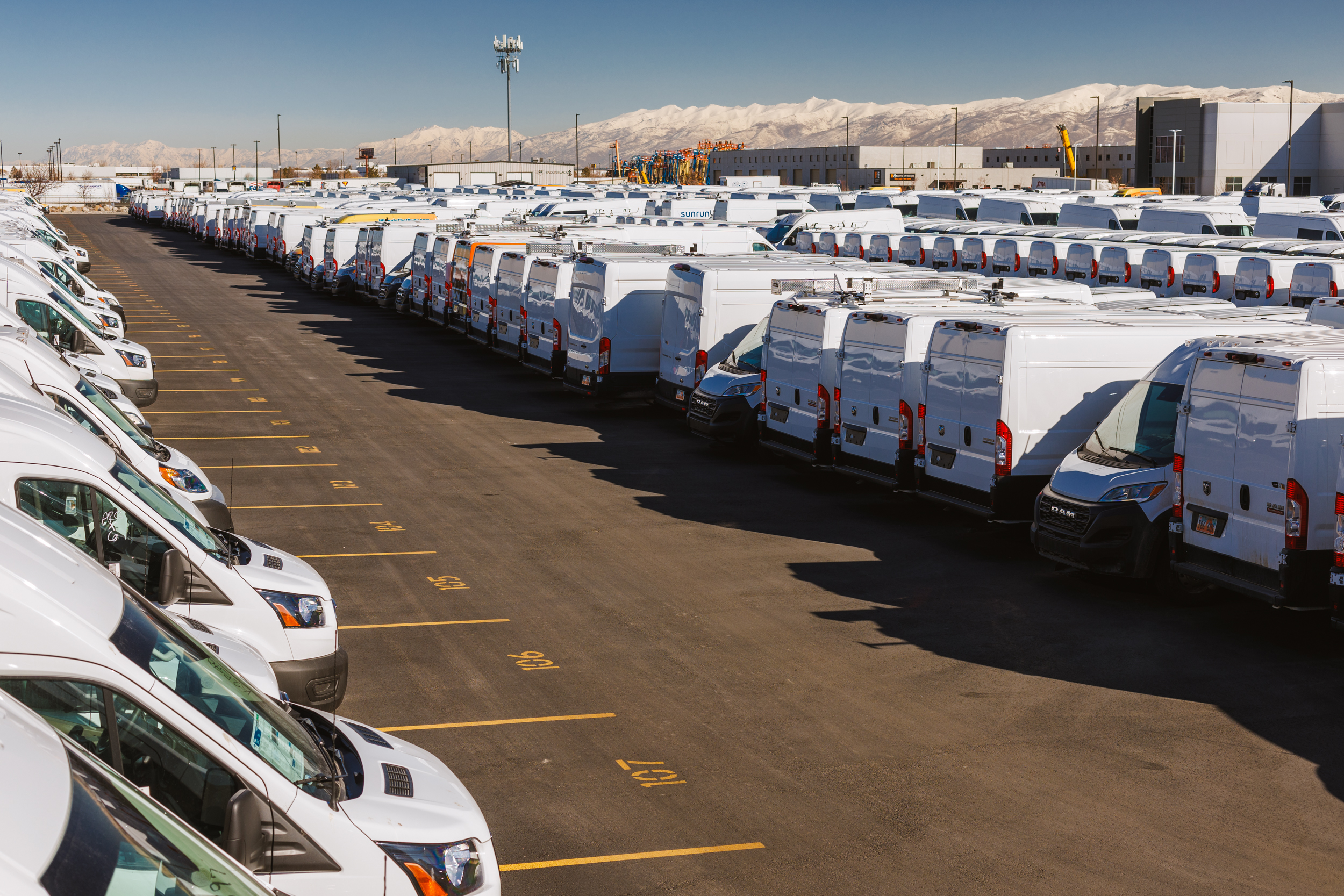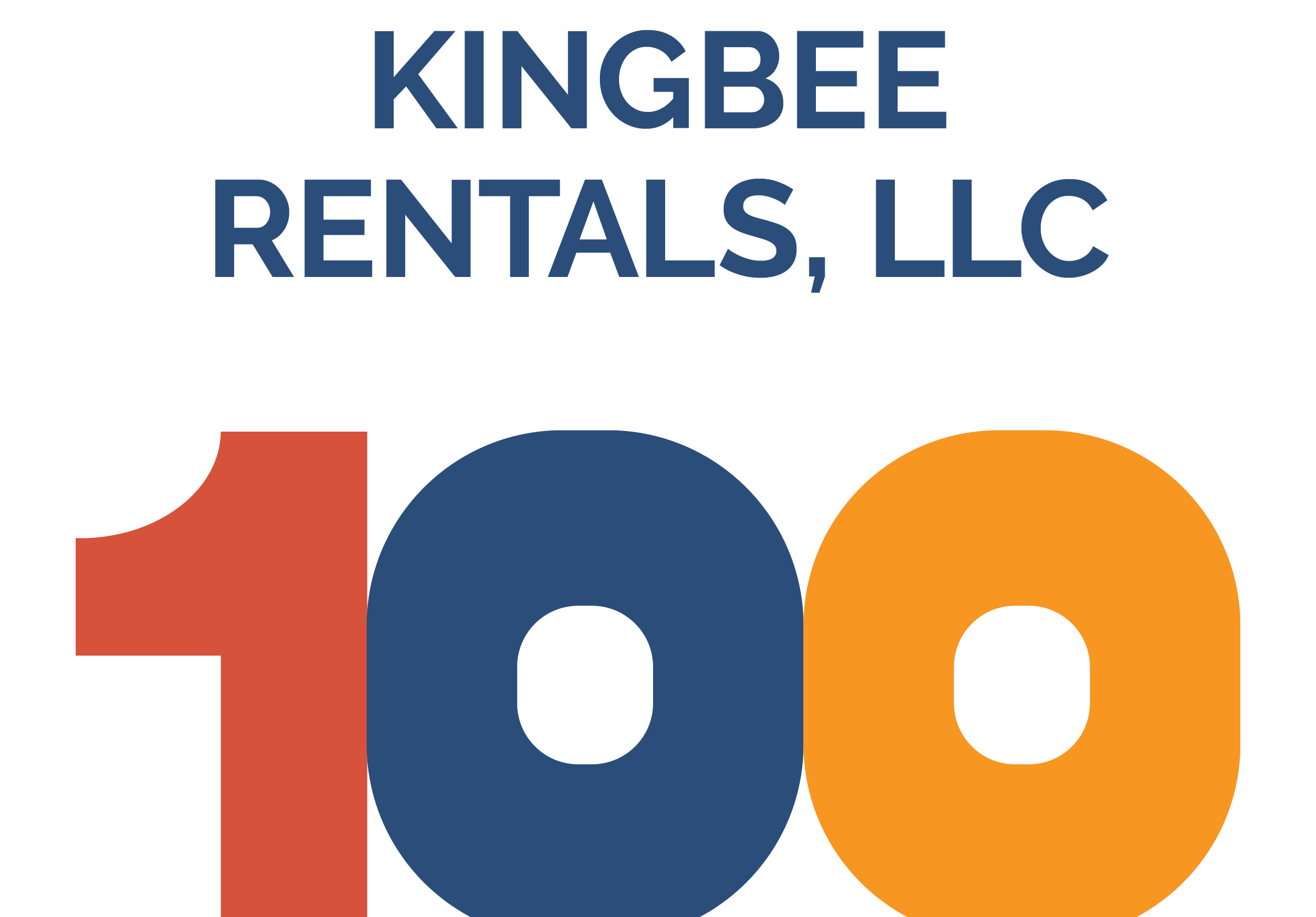TCO does not stand for Terry’s chocolate oranges, but I wish it did because those are delicious. TCO, or total cost of ownership, is one of the most important considerations in managing a fleet, often requiring a close examination of the fleet’s day-to-day operations and the costs that vehicles incur over their lifetimes.
For a clearer understanding of the total cost of ownership, consider these three primary categories.
- Capital Costs: Purchase price or monthly payments, registration and licensing fees, and insurance premiums.
- Operating Costs: Fuel, maintenance, repairs, tires, and driver salaries.
- Disposal Value: Residual value at the vehicle’s end-of-life.
To calculate total cost of ownership, add capital costs to operating costs then subtract disposal value. This calculation can help you make decisions on fleet budgeting, asset cycling, vendor selection, and financing methods.
Understanding TCO can help to avoid inefficiencies and identify areas for improvement. For instance, optimizing fuel efficiency can significantly reduce operating costs. Or, renting part of your fleet instead of owning can significantly reduce capital and disposal costs. It may sound obvious, but the fewer vehicles you own, the less your fleet costs will be. While there are certain benefits to owning vehicles, there are many hidden costs as well, and an underutilized fleet could cost you a fortune without generating revenue.
The Hidden Costs of Ownership
A fleet manager’s job is to reduce costs and look sexy while doing it. They often fixate on lowering monthly costs without taking into consideration how each vehicle impacts the business. For instance the amount of time a vehicle spends receiving maintenance often is not factored into the monthly cost, though it very well should be.
Even a few days of downtime can result in fewer jobs being completed, underworked employees, and customers that are sharpening their pitchforks. For a holistic view of the total cost of ownership, consider how much revenue a vehicle makes per day, then subtract the days that it’s out of service.
Capital cost is another cost of ownership that is often overlooked. When businesses acquire assets without needing financing, it is often assumed this does not need to be included in the TCO calculation. However, businesses must account for this opportunity loss of money, in other words, the loss of a potential greater return had the money been used differently.
Rent, Work, Return
Like chessmasters, CEOs and fleet managers deploy their king (working capital) and queen (borrowing capacity) in tandem to influence and shape the long-term health and direction of the business. There isn’t a secret formula for cost reduction, since every company is different and fleets are composed in different ways.
Prudent fleet managers must closely examine if there are any opportunity costs associated with how they procure vehicles. Renting, leasing, and buying all have advantages and downsides. For instance, any standard rental provider can quickly supply vans to replace downed vehicles or to supplement a fleet while it expands into a new market. However, for fleets that rely on specialty equipment, these vans are a poor substitute and can lead to lost productivity.
Factory-ordering new vehicles, buying from dealers, or using a fleet management company (FMC) to lease vehicles lets you install the equipment your team relies on, but these methods likewise have their opportunity costs. Purchased or leased vehicles must first be acquired (or built), then sent to an upfitter, then shipped to a wrap shop, and finally, delivered to the customer—a process that can take 6–8 months and leave you unable to complete jobs and meet crucial deadlines. Purchasing or leasing your vehicles may also leave you less able to adapt to sudden fluctuations in the market caused by shifting market forces.
The pros and cons of each vehicle procurement method must be weighed against your business goals and financial strategy. Opportunity costs that may be trivial to some might be crippling for others. However, if you need vans quickly, cannot afford to deplete your borrowing capacity by carrying vehicles on your books, are not comfortable committing to long-term assets, and cannot stomach the loss of productivity from not having the right equipment, then Kingbee is the answer for you.
Kingbee is transforming the way fleets procure their revenue-generating assets, providing an alternative to choosing between the archaic process of months-long vehicle procurement and sacrificing utility with conventional rentals. Kingbee vans come upfitted with shelves and racks that are specially designed to add efficiency in the field, and each van can be wrapped to match the rest of the fleet. Kingbee keeps their entire process in house, resulting in a staggering turnaround time of 2–4 weeks. Contact Kingbee today for a free fleet assessment and to learn more about how you can reduce your total cost of ownership.


